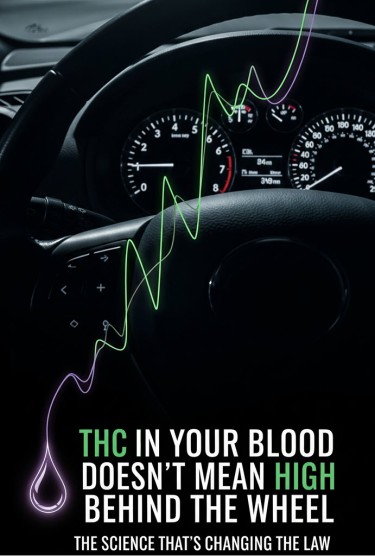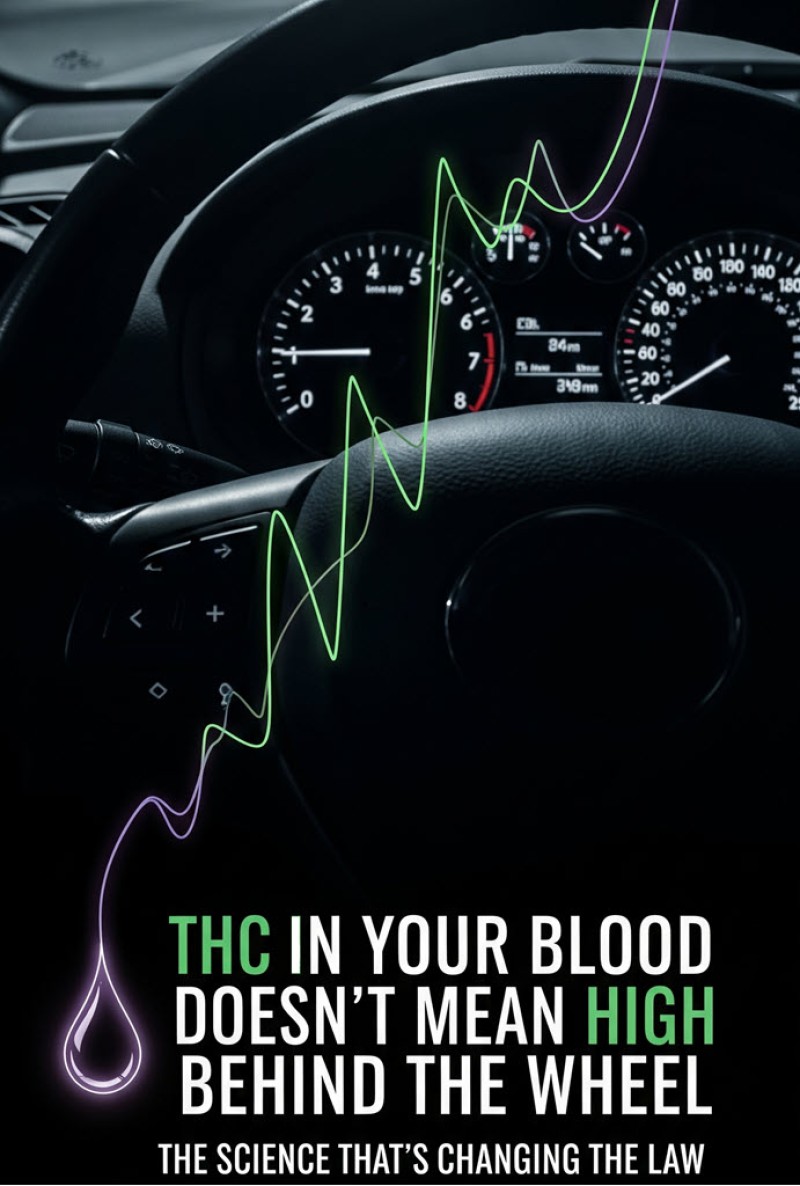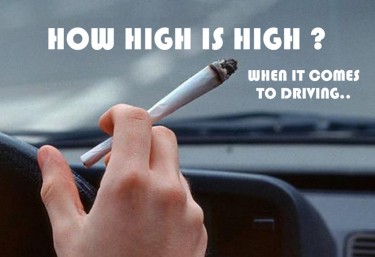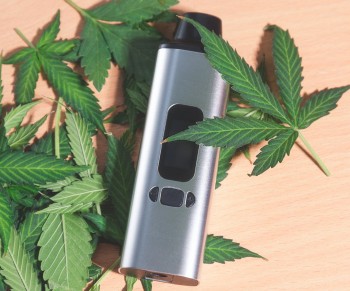
Right on schedule, here comes another study that's about to be weaponized by cannabis opponents everywhere. The American College of Surgeons presented research claiming that over 40% of drivers killed in crashes had THC in their blood, with average levels of 30.7 ng/mL – "far exceeding most state impairment limits."
Before the prohibitionist propaganda machine spins this into "proof" that legal cannabis is killing people on the roads, let's take a breath and examine what this study actually shows – and more importantly, what it doesn't show.
The headline screams "THC-impaired driving deaths are soaring" but here's what the study actually found: 246 deceased drivers in Montgomery County, Ohio had their blood tested for THC after fatal crashes between 2019 and 2024. That's it. No comparison to living drivers. No control group of people who didn't crash. No actual measurement of impairment. Just the presence of THC in bodies hours after death.
This is the fundamental problem with cannabis DUI research that keeps getting ignored: THC presence does not equal impairment. Unlike alcohol, where blood alcohol content directly correlates with intoxication levels, THC can remain detectable in blood for days or even weeks after use, long after any psychoactive effects have worn off.
Someone who smoked cannabis the previous evening, slept it off, woke up completely sober, and then crashed their car at 3 PM the next day would show up in this study as a "THC-positive fatality." Does that mean cannabis caused their crash? Of course not. But that's exactly the implication this research is trying to sell.
Here's another critical detail buried in the findings: the rate of THC-positive drivers didn't change before or after Ohio legalized recreational cannabis in 2023. If legal cannabis were causing a driving safety crisis, you'd expect to see rates increase after legalization. They didn't. This suggests we're looking at a stable pattern of human behavior, not a "cannabis problem" created by legalization.
Let's dig into what this study actually tells us, what crucial information it's missing, and why we need to be extremely skeptical of headlines claiming cannabis is creating carnage on our roads.
The Fatal Flaw: Presence Isn't Impairment
The core methodological problem with this study is one that has plagued cannabis DUI research for decades: detecting THC in blood doesn't tell you whether someone was impaired at the time of a crash.
THC pharmacokinetics – how the compound moves through and stays in the body – are fundamentally different from alcohol. When you drink alcohol, blood alcohol content rises and falls in predictable patterns that correlate closely with impairment. A BAC of 0.08% means you're legally drunk and demonstrably impaired. The relationship is straightforward.
THC doesn't work that way. After consuming cannabis, THC is rapidly absorbed into fatty tissues throughout the body, then slowly released back into the bloodstream over time. This means detectable blood THC levels can persist long after psychoactive effects have completely dissipated.
A 2013 study published in Drug and Alcohol Dependence found that chronic cannabis users can have detectable THC in their blood for up to 30 days after their last use, even though impairment typically lasts only 3-4 hours after consumption. The National Highway Traffic Safety Administration has explicitly stated that "it is difficult to establish a relationship between a person's THC blood or plasma concentration and performance impairing effects."
The study's claim that an "average level of 30.7 ng/mL generally means those people must have consumed marijuana at some time close to driving" is speculation, not science. Lead author Dr. Ekeh states: "This isn't about residual use; it's about recent consumption." But that's an assumption, not a finding.
For regular cannabis users – which many of these deceased drivers likely were – blood THC levels can remain elevated for extended periods. A daily user could have THC levels of 20-30 ng/mL a full 24 hours after their last use, completely sober but still testing positive at levels this study considers evidence of impairment.
The study also fails to account for tolerance. Regular cannabis users develop significant tolerance to THC's impairing effects. Someone with tolerance might be completely functional at THC levels that would severely impair an occasional user. We have evidence of this: studies show that experienced cannabis users demonstrate minimal driving impairment at THC levels that significantly impair novice users.
Perhaps most critically, this study has no control group. We don't know what percentage of living drivers on Ohio roads at any given time have detectable THC in their blood. If 40% of the general driving population has THC in their system at any given moment (not unreasonable in a state with legal cannabis), then finding 40% of crash fatalities test positive tells us exactly nothing about whether THC contributed to those crashes.
This is like finding that 90% of crash victims had caffeine in their system and concluding that coffee causes accidents. Without knowing baseline prevalence in the driving population, the statistic is meaningless.
The study acknowledges that "drug screening is typically part of the process" when autopsies are performed, but doesn't address testing limitations, timing variations, or post-mortem THC redistribution – a known phenomenon where THC levels can change after death due to cellular breakdown and redistribution from tissues.
What the Data Actually Shows: Legalization Didn't Change Anything
Here's the part that should make everyone pause: the rate of THC-positive drivers in fatal crashes didn't change after Ohio legalized recreational cannabis in 2023. Before legalization: 42.1% tested positive. After legalization: 45.2% tested positive. This difference is not statistically significant.
Think about what this means. If legal cannabis were truly creating a public safety crisis on the roads, we'd expect a dramatic spike in impaired driving after legalization. Anti-cannabis groups have been predicting exactly this outcome for years. It didn't happen.
The researchers themselves acknowledge this: "the rate of drivers who tested positive for THC did not change significantly before or after legalization, indicating that legal status did not influence the behavior of those who chose to drive after use."
This finding actually contradicts the study's own alarming headline. If THC-positive drivers represent a "soaring" problem caused by legalization, why didn't rates increase when cannabis became legal? The answer is simple: this isn't a "cannabis legalization problem" – it's a subset of human behavior that exists regardless of legal status.
Real-world data from other states confirms this pattern. Washington state legalized cannabis in 2012. A study published in the American Journal of Public Health found no significant increase in traffic fatalities after legalization. Colorado legalized in 2012 and has seen overall traffic fatalities decline since then, even as cannabis use increased.
A comprehensive 2017 study in the American Journal of Public Health examining 27 years of motor vehicle fatality data found "no significant association between recreational marijuana legalization and changes in traffic crash fatalities." Another study in the journal Addiction found that states with medical cannabis laws actually saw decreased traffic fatalities.
The consistent finding across multiple studies and states is that cannabis legalization doesn't increase traffic deaths. If anything, some evidence suggests it might decrease them by providing an alternative to alcohol – which we know conclusively impairs driving and contributes to fatal crashes.
The Ohio study's six-year data showing consistent rates over time (ranging from 25.7% to 48.9% yearly, with no clear trend) further supports this interpretation. This looks like a stable baseline of human behavior, not a crisis created by policy changes.
What we're likely seeing is that a certain percentage of the population uses cannabis regularly, some of those people drive (as most adults do), and when fatal crashes occur (for whatever reason), post-mortem testing finds THC in their systems. This doesn't tell us THC caused the crashes any more than finding coffee or prescription medications in their systems would prove those substances caused the crashes.
The study's framing as "THC-impaired driving deaths are soaring" is simply not supported by their own data. Rates aren't soaring – they're stable. And we have no evidence these are "THC-impaired" deaths rather than simply "deaths of people who use cannabis."
This matters because policy should be based on actual evidence, not assumptions and correlations presented as causation. If cannabis legalization isn't increasing traffic deaths – and the evidence consistently shows it isn't – then using these scare tactics to oppose legalization or justify harsher DUI laws is intellectually dishonest.
Real Problems Deserve Real Solutions
Does cannabis impair driving ability? Yes, when someone is actually high. Should people drive while impaired by cannabis? Absolutely not. These aren't controversial positions, and cannabis advocates generally agree.
But that's not what this study actually demonstrates. It shows that deceased drivers had THC in their blood, measured hours after death, with no way to determine actual impairment at the time of the crash. That's a correlation, not evidence of causation.
The fact that rates didn't change after legalization is actually the most important finding here, though it's buried in the methodology rather than highlighted in conclusions. It suggests that cannabis legalization isn't creating new driving safety problems – it's just making visible patterns of behavior that already existed.
If we're serious about traffic safety, we need research that actually measures impairment, not just presence. We need roadside testing that can distinguish between someone who smoked an hour ago and someone who smoked three days ago. We need studies with control groups that can tell us whether THC-positive drivers crash more often than THC-negative drivers.
What we don't need is more studies that detect THC in crash victims and declare victory in proving cannabis is dangerous, while ignoring fundamental questions about causation, impairment, and baseline prevalence.
Real problems deserve real solutions based on actual evidence. This study doesn't provide that evidence. It provides a correlation that will be misrepresented by prohibitionists as proof of something it simply doesn't prove. We deserve better science and more honest public health messaging.






